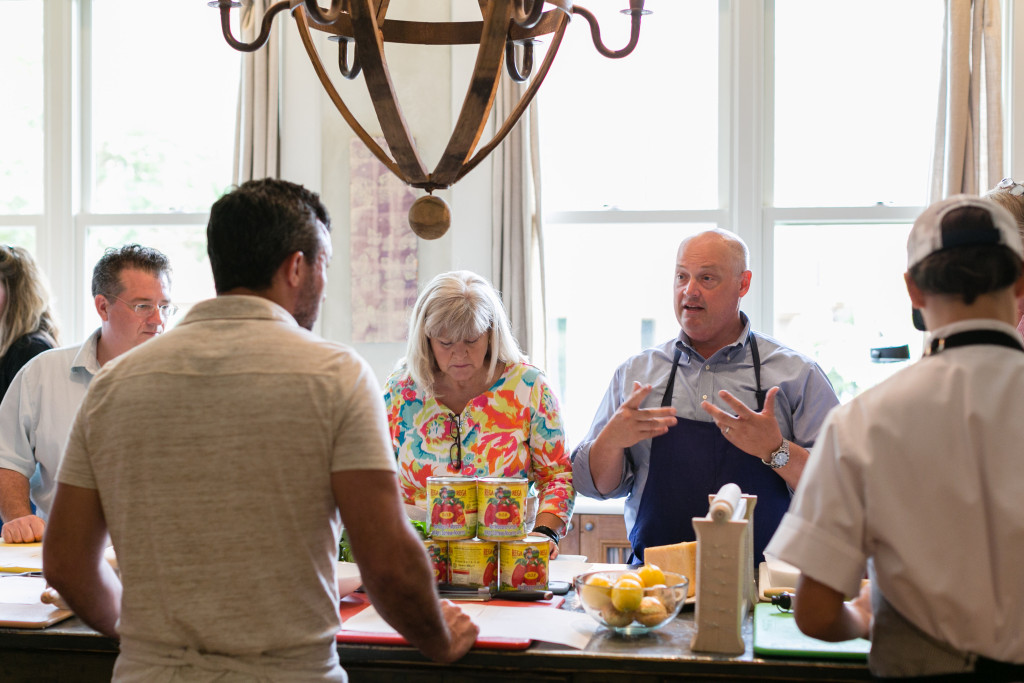Marcella Hazan’s Bolognese
Written by Marie, Posted in Recipes
- Serves 6, or 2 ¼ to 2 ½ cups
- 2 tablespoons chopped yellow onion
- 3 tablespoons olive oil
- 3 tablespoons butter
- 2 tablespoons chopped celery
- 2 tablespoons chopped carrot
- 3/4 pound ground lean beef, preferably chuck or the meat from the neck
- Salt
- 1 cup dry white wine
- 1/2 cup milk
- 1/8 teaspoon nutmeg
- 2 cups canned Italian tomatoes, roughly chopped, with their juice
1. In an earthenware pot or deep, heavy, enameled cast-iron casserole, add the chopped onion with all the oil and butter and sauté briefly over medium heat until just translucent. Add the celery and carrot and cook gently for 2 minutes.
2. Add the ground beef, crumbling it in the pot with a fork. Add 1 teaspoon salt, stir and cook only until the meat has lost its raw, red color. Add the wine, turn the heat up to medium high and cook, stirring occasionally, until all the wine has evaporated.
3. Turn the heat down to medium, add the milk and nutmeg, and cook until the milk has evaporated. Stir frequently.
4. When the milk has evaporated, add the tomatoes and stir thoroughly. When the tomatoes have started to bubble, turn the heat down until the sauce cooks at the laziest simmer, just an occasional bubble. Cook, uncovered, for a minimum of 3 ½ to 4 hours, stirring occasionally. Taste and correct for salt. If you cannot watch the sauce for such a long stretch, you can turn off the heat and resume cooking it later on. But do finish cooking it in one day.
This sauce can be kept in the refrigerator for up to 5 days, or frozen. Reheat until it simmers for about 15 minutes before using.




